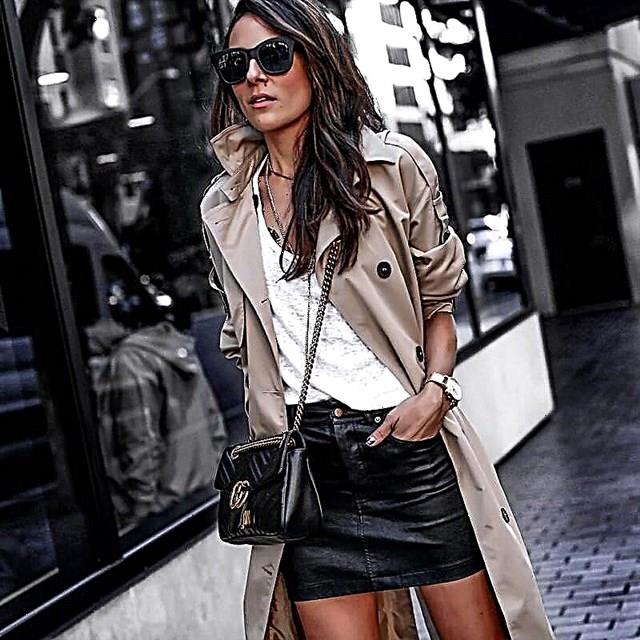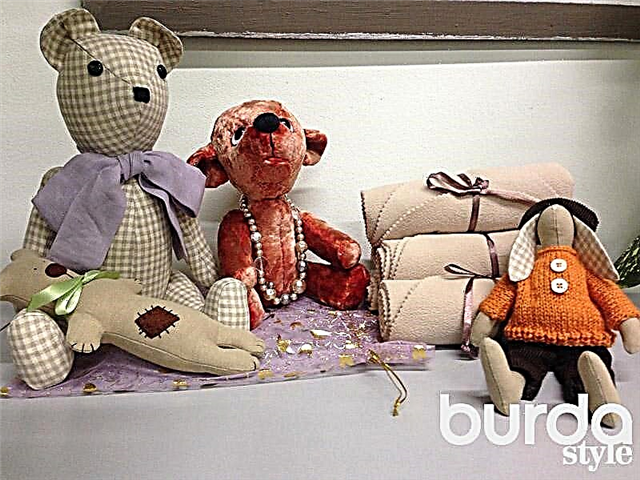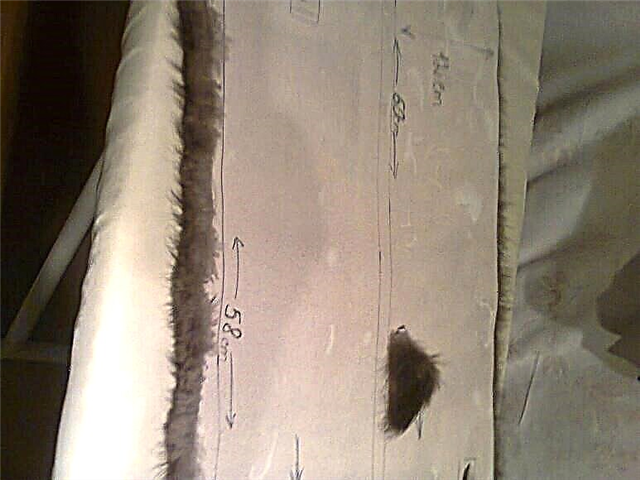Share
Pin
Tweet
Send
Share
Send
Once a belt was considered only a men's wardrobe. Women began to use this accessory (namely a belt, not a belt), defending their rights.

For this reason, the choice of belt should be given special attention.
Traditionally, belts are divided into three categories:
- classic
- casual (informal)
- universal (middle between classics and casual).
Classic belts
Classic belts are ideal for a business suit. As a rule, they are combined with a bag and shoes. Materials for classic models, of course, leather and suede. Luxury - reptile skin.Casual Belts

Belts in casual style can be a lot of different widths, shapes, with an unusual and spectacular buckle, as well as with a fancy decor. For all styles and images - from ethno to hippies, you can "come up" with your own belt.

And the materials for casual belts are very different: from textiles and plastic to straws and metal. The same goes for casual belt jewelry. These are not only “ordinary” blocks and rivets, rhinestones or beads, but also ribbons, lace, embroidery, appliqués, artificial flowers, etc.

But the best part is that you can easily show your imagination in making an individual belt. Indeed, for your own model, sometimes only the remains of those materials from which you sewed your dresses are enough.

Currently, the mod does not limit your imagination - you can choose any option:
- corsage belt
- wide or narrow leather or metal strap
- braided or from a chain with rhinestones
- fabric belt
- shiny or matte
- with butterflies or bows (be careful - youth option), etc., etc.
How to choose a belt?

The choice of belt depends on the image in which you made your outfit. Color and material, according to today's rules, should not strictly correspond to the color and material of the bag and shoes. However, it is better if these accessories are matched in the same style.

The belt is worn not only with trousers and skirts or dresses, but also with jackets, jackets, coats, and fur products (fur coats, cardigans, vests). It is fashionable to wear either a very long belt on clothes that fit your hips, which, wriggling in spiral circles, descends on your hips and thereby focuses on them, or a cord belt with a tassel or other spectacular “ends”.
Wide belts

Very wide belts narrowed in the waist area are in fashion. From leather, such belts are sewn along the pattern of the peplum with a transverse seam exactly at the waist (the lower part of the basque is directed down to the hips, and the upper part of the basque is directed upward, respectively).

The same effect (focusing on a narrow waist) can be achieved with a narrow strap that tightly tightens the skirt or trousers assembled in the belt, the upper edge of which is ruffled over the belt. True, the latter option is more suitable for thin girls. In general, wide belts and corsage belts are not for full women and not for women who have an "absent" waist.

Such a belt looks great with a corsage dress or a sheath dress, with a blouse released over narrow cropped trousers, and in all kinds of evening dresses.

In the "street" fashion, the option of wearing multiple belts at once (as well as bracelets) is popular.
Correct the figure

If you have a slightly protruding belly, then the ideal option is a hip belt and loose clothing.

Overweight women with a protruding belly can try on a wide belt with a large buckle, which will distract attention from the problem area. It is not recommended to wear belts in a contrasting color to a skirt or trousers.

For owners of a rectangular type of figure or a figure with wide hips and protruding buttocks, it is better not to tighten the belt at the waist, the ideal option is a fabric belt, wide, possibly wrapped around the waist several times.

If you are not tall, then the best option for you is a thin strap at the waist - visually it “lengthens” the figure. “Stretches out” the silhouette and belt worn above the waistline. The legs appear especially long in the latter case.
Practical tips
When buying, check the quality of the belt: on genuine leather products, the ends must be painted or at least trimmed very neatly. Pull the belt by the ends - it should not stretch more than 1 cm. If the belt does not stretch at all, then its quality also leaves much to be desired.Check also the buckles and metal or plastic decor, all this should be smooth, they should not be chipping and sharp ends.
Dimensions
The sizes of standard belts are usually marked with the letters:- S (71−76 cm)
- M (81−86 cm)
- L (91−96 cm)
Storage and care
Keep belts folded into a ring. Clean leather belts with shoe care products.Photo: catwalkpix.com; PR
Material prepared by Elena Karpova
Share
Pin
Tweet
Send
Share
Send



